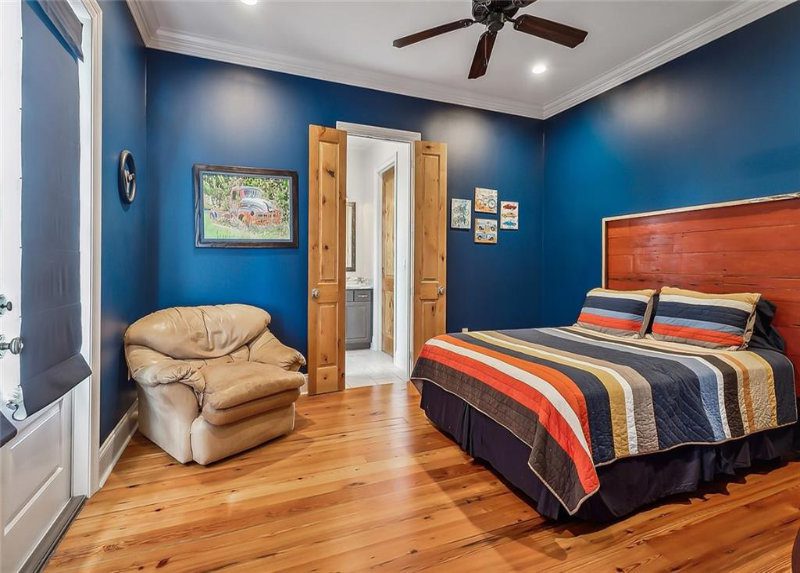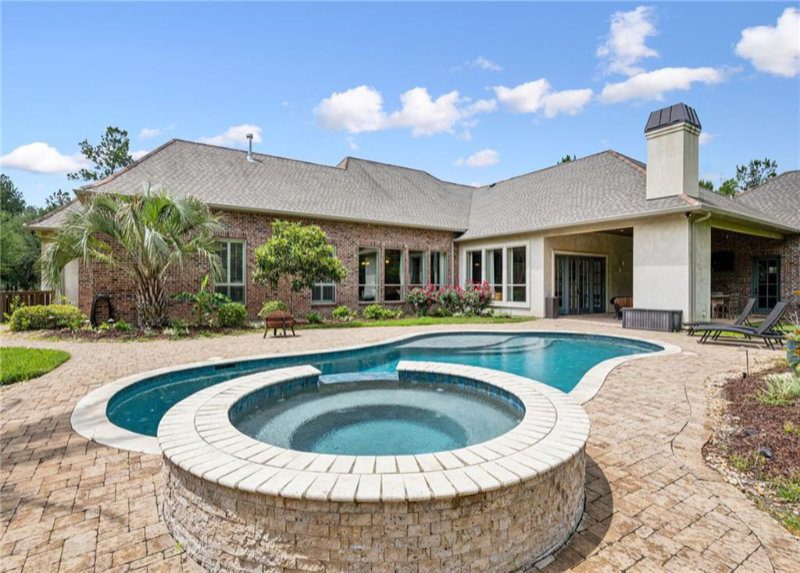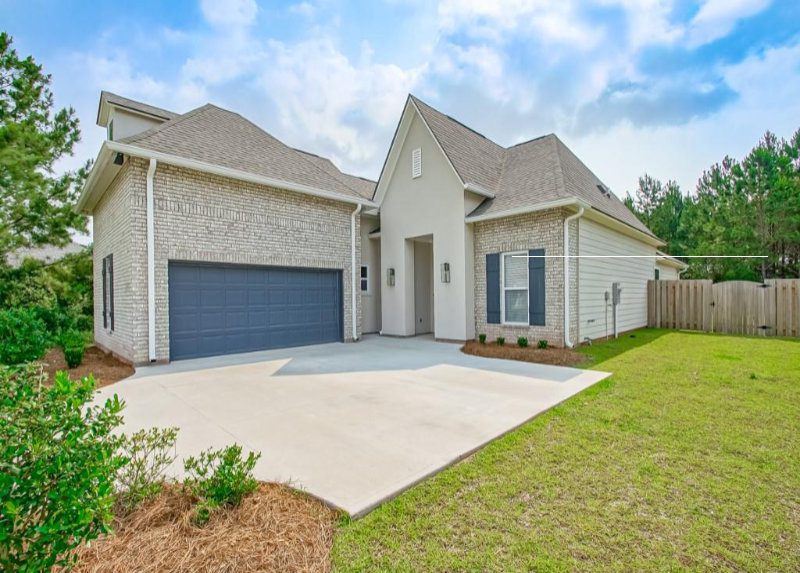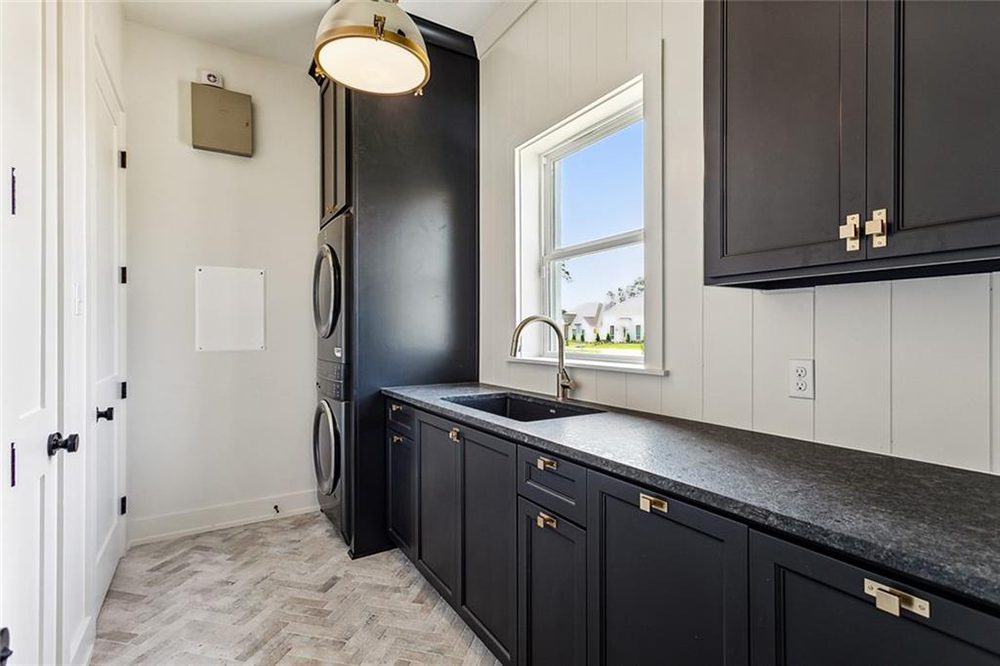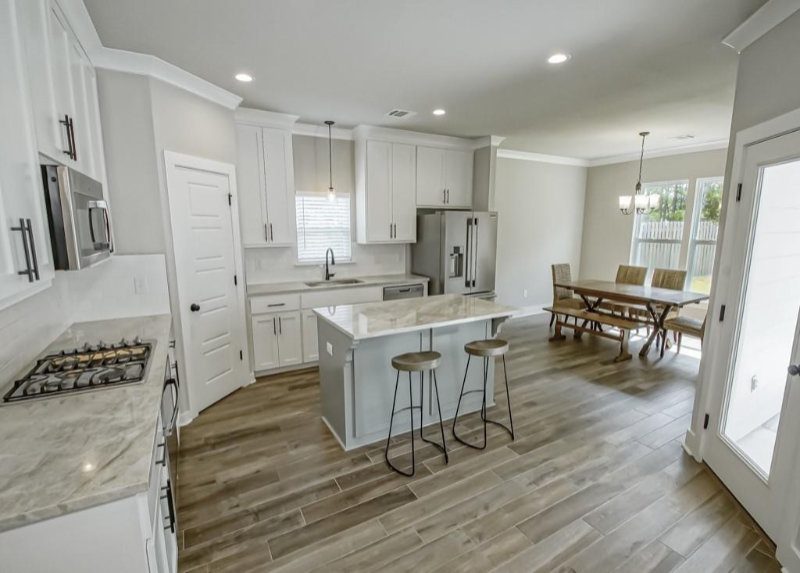Understanding Home Market Value vs. Rebuild Value in Homeowner Insurance
/in Local NewsWhen discussing homeowner insurance, you might encounter unfamiliar terms such as home market value and rebuild value. Understanding the difference between these terms is crucial for adequately protecting your property.
Market Value vs. Rebuild Value: What Do They Mean?
The market value of your house is the price it would fetch in today’s real estate market. This is the amount you would pay to purchase the home or what you would ask for if you were selling it. Conversely, the rebuild value is the cost to reconstruct your home from scratch if it were destroyed.
The rebuild value can often be higher than the market value. This discrepancy arises because rebuilding a home involves additional costs such as demolition of the existing structure, individual labor, and supplies which are not purchased in bulk like they are during the construction of a whole neighborhood. Furthermore, inflation can increase the cost of materials needed for repairs.
Why Rebuild Value is Important for Insurance
While both market value and rebuild value may come up during the homeowner insurance policy process, the coverage amount on your insurance policy is generally based on the rebuild value. This approach ensures that you can fully restore your home in the event of a total loss covered by your policy.
It’s important to note that land value is not included in the rebuild cost because the land itself isn’t rebuilt or insured. However, market value does reflect land value, as it considers the location, size, and specifics of the land.
Calculating the Cost to Rebuild
Insurance companies use sophisticated tools to calculate the rebuild value, factoring in location, construction quality, square footage, and the cost of supplies and labor. Rebuilding also takes time, and costs can vary significantly based on location and the nature of the rebuild. For instance, after the 2017 wildfires in Northern California, rebuilds took between 12 and 24 months, with costs ranging from $160 to $800 per square foot depending on the home’s standards and location.
Ensuring Adequate Coverage
It is essential to keep your insurance company informed about any updates or additions to your home, especially those that increase square footage or add significant value. This ensures that your insurance policy reflects the updated rebuild value, protecting you from being underinsured.
At Armed Forces Insurance (AFI), our experienced agents can help you determine if your homeowner coverage amount is adequate to protect your family and future. We are dedicated to serving you throughout your time in your home and beyond.
About Armed Forces Insurance
Armed Forces Insurance has been a trusted advisor to American armed forces service members and veterans for over 135 years. Based near Fort Leavenworth in Kansas, we pride ourselves on providing personalized service and straightforward advice. If you’re looking for someone you can trust to protect your home and property, visit our homeowner insurance page to learn more.

